If you are going down a road and don’t like what’s in front of you, and look behind you and don’t like what you see, get off the road. Create a new path! – Maya Angelou
The Road We’ve Been On
For the past 13 months and counting, students and teachers have been engaged in distance or hybrid learning as we simultaneously forged through a global pandemic. And while the loss of daily, in-person instructional time has put an immense strain on teachers and students to make meaningful connections with one another and with the content, the adaptability, perseverance, and dedication they have shown continues to be nothing short of amazing.
As we look ahead to the aftermath of the pandemic, we hear rising concern about the long-term academic effects caused by school closures and remote learning. However, the coronavirus only put a new lens on an existing problem: students experiencing inequitable learning opportunities due to an inherently racist system. Over the past year, a lack of resources, ill-equipped digital infrastructures, increased racial tension, and a national health crisis only further exposed the dramatic inequities in our education system that existed long before the novel coronavirus.
The nation has been on a mission to close the “achievement gap” for decades. The pandemic has exacerbated these perceived gaps, and now educators are trying to figure out how to address what many are calling “learning loss” on top of an already formidable gap. The truth is that achievement has always been conflated with opportunity, and learning loss is simply the newest way of blaming students for the inequitable learning opportunities that have always existed. Thirty years of research on curricular tracking and course-taking patterns continue to show unequal distributions of resources, course-taking opportunities, access to high cognitive demand tasks, and mathematics learning outcomes based on race, class, language, and culture. (1) TNTP’s 2018 report, The Opportunity Myth, shed more light on this issue showing that the students in the study spent 133 out of 180 hours of instructional time working on content that is below grade level, and supporting Linda Darling-Hammond’s claim that, “…most [schools] are still organized to prepare only about 20% of their students for ‘thinking work.” (2)
They Are Ready; Are We?
In EquitableMath.org’s 2021 release of A Pathway for Equitable Math Instruction, the authors of Stride 1 identified critical approaches to dismantling racism in mathematics instruction by visibilizing the toxic characteristics of white supremacist culture as they show up in education. One toxic characteristic underlying the discussions around gaps and loss is the organization and planning of instruction under the false construct that math is linear with a defined set of prerequisites. This belief undergirds objectivity, enabling teachers or computer-based programs to determine those who have opportunities to access grade-level mathematics.
The premise of linearity spawns the false construct of “readiness”—that students must master one prior-grade-level concept or skill before they are ready to engage in the next. But what does that even mean? How is a student showing up to learn not just ready by default? If we each answered what it means for students to be ready for various math concepts, our responses would likely be very different, as would each student’s prior understandings and experiences.
Take, for example, this set of second graders’ addition of 235 + 345 through the lens of readiness for third grade or even fourth. While some have drawings and some do not, some have a correct sum and some do not, and some are still figuring out where to start, they are all ready to jump right into third- or fourth-grade addition work regardless of any test or program that sends them back to second-, or even first-grade skills. We shouldn’t be asking ourselves whether students are ready or not ready, but instead how we can leverage all students’ work to move the collective learning forward on grade-level content.
When relying on prerequisites to label students as ready or not, we choose to send them back down the road of spending the majority of their time working below grade-level, deprived of the mathematics they could engage in well before the effects of the coronavirus.
A New Path Forward
Instead of linearity, we should organize and plan instruction on the premise of coherence with just-in-time support. Students learn math through opportunities that connect understandings and experiences along a progression. If we consider math a coherent map of ideas, with each new location (concept) having similar, yet unique paths that lead to it, learning experiences can be designed to position all students as ready to engage in new concepts by connecting their paths in ways that make sense to them.
While the pandemic has pushed us all in ways we never imagined possible, let’s continue that push to rethink how we approach the organization and planning of grade-level content. Let’s assume all students are ready to engage in the next mathematical concept when they show up in classrooms in the fall and focus on the real question: is our education system ready?
As a community of educators, are we ready to:
- Discard assumptions about what students know or don’t know based on the instructional inequities of the past year and a half?
- Abandon harmful ways of assessing, remediating, and grouping students that have proven ineffective and further marginalize students of color?
- Provide all students opportunities to engage in new concepts in ways that encourage them to show everything they know and make them feel safe in their new learning environment?
- Better understand prior-grade mathematical content in order to build connective on-ramps to new learning instead of focusing on what students don’t know, as identified by computerized assessment programs?
This is hard work. It is not as easy as “accelerate, don’t remediate”—a phrase we are currently hearing as an approach to next year—would make it sound. It will require a critical examination of our own biases and beliefs, an undoing of things we think to be true because of the way they have always been in the dominant white supremacist culture of our system, and learning math in ways that empower us to create meaningful connections for all students within current grade-level work. To build on what each student knows, we must be able to identify the mathematical ideas in their work, know the right questions to ask to move learning forward, and design learning experiences that build on what we learn about each student.
How do we forge a new path that is actionable and moves beyond the rhetoric of “accelerate, not remediate”? Here are a few tips to consider:
- Organizing Content: There is a finite number of days in the school year, so we must prioritize major work to give students the time they need. To make this time, we can think creatively about non-major work. For example, have students explore geometric shapes, measure objects, collect and represent data, go on math scavenger hunts, or explore mathematics in ways suggested in IM Talking Math as ongoing, yearlong projects.
- Launching a Concept: It is important to learn what each student knows at the start of the year, but we don’t need to know it all right at the very beginning. We can start each new unit by opening up the first lesson for students to do math in ways that make sense to them, highlighting all of their current conceptions. From there, we can leverage student work to connect the unique things each student brings to the discussion to move the collective learning forward.
- Providing Continual Access and Support: Each student knows different things and needs different types of support. If we can design continual mathematical on-ramps that support students with concepts in ways that are helpful, but not required, they can continue working on grade-level concepts in accessible, connected ways.
We are at a crossroads in the sphere of public education. We have the ability to rethink how and what we teach in math classrooms to create a new path for students— a path that welcomes all learners into the fold. Ultimately, their educational fate is not a matter of chance but a matter of choice. Our choice now is simple: either continue to perpetuate a system that fails those it was designed to help or choose to do something different.
Special thank you to, Nathalie Desir, Dana Gowens, Michele Harris, Molly Rawding, Keisha Walters, Maureen O’Connell, Andrea Welch, Betsy Castonguay, and Moniquea Willingham for such an amazing collection of student work!
References:
1. Mathematics Education Through the Lens of Social Justice: Acknowledgment, Actions, and Accountability
2. Accelerating Learning As We Build Back Better


















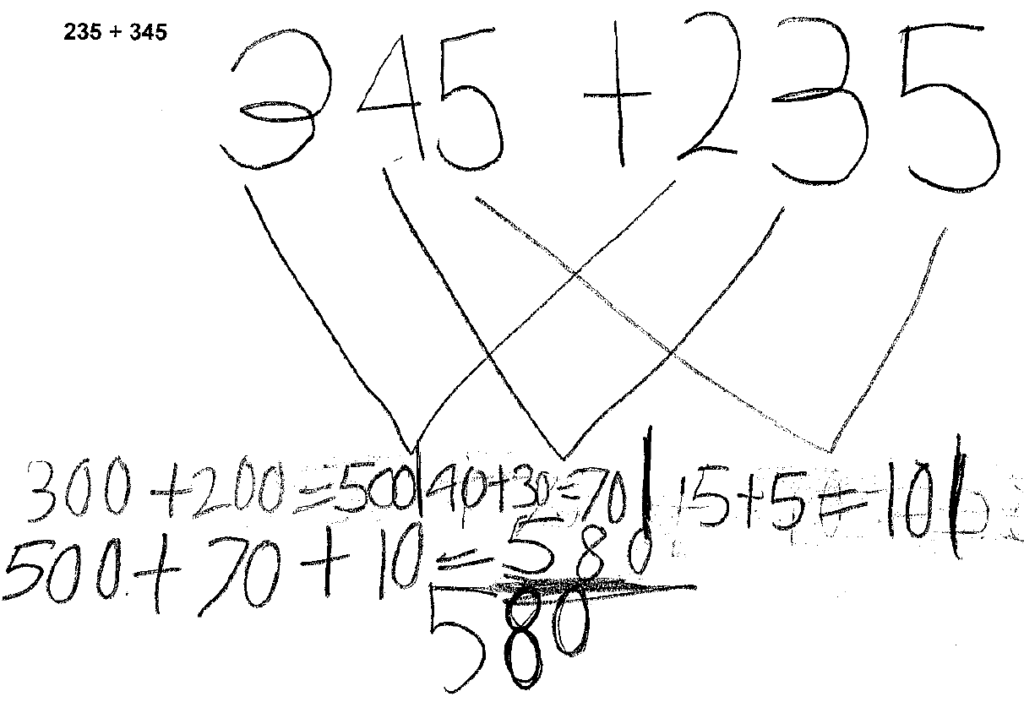
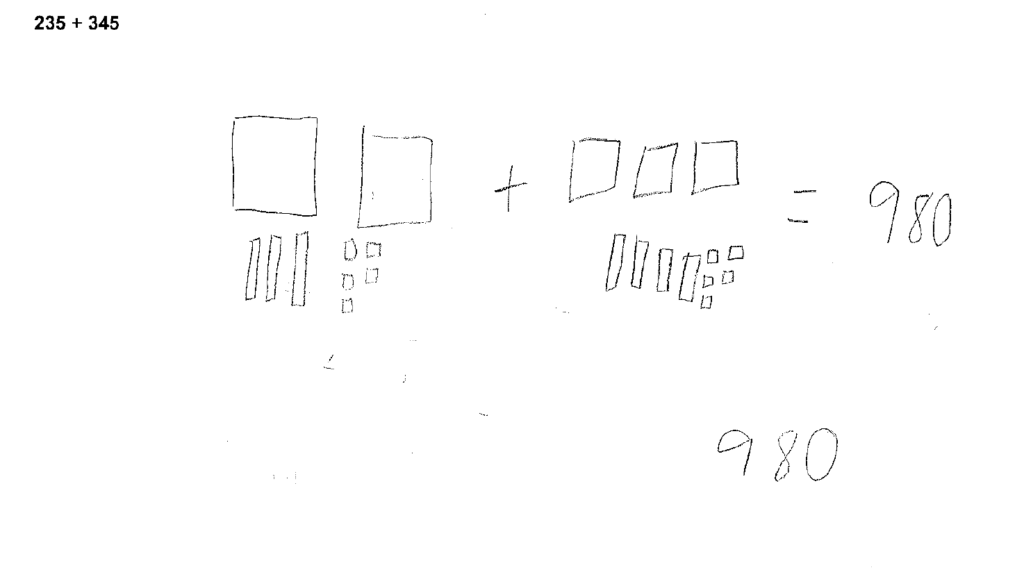
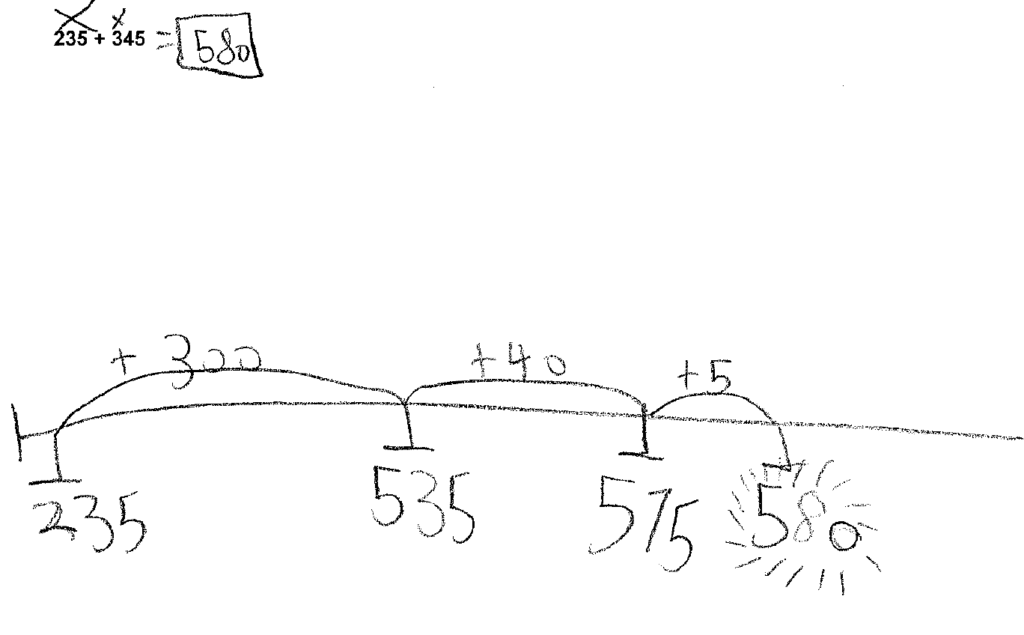
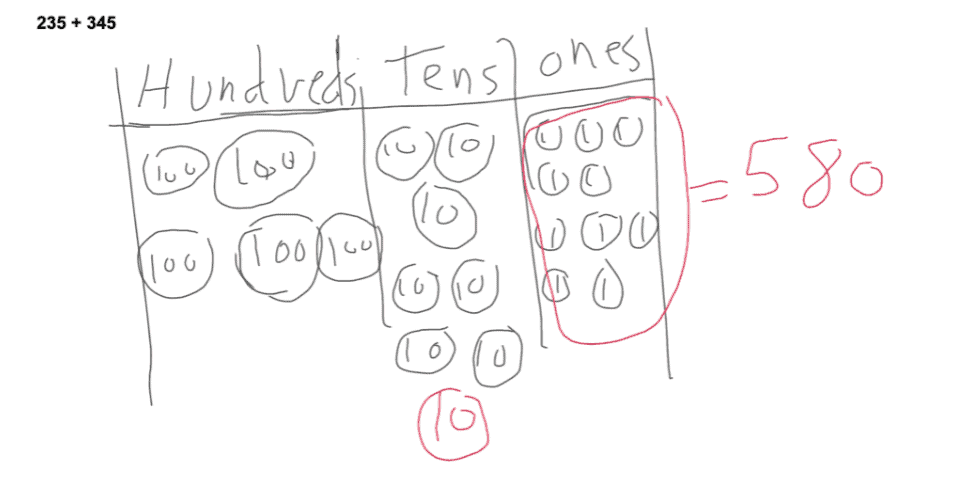



I am a High School Mathematics teacher. My perspective is going to be different than the primary educator’s perspective. I’m not sure if this article is meant to be absolute through out all of mathematics education or only at certain levels.
I understand what you are saying. I also don’t believe that it is worth an educator and student’s time to get stuck on “prerequisite” or “prior grade” concepts. I understand how this can become inequitable. However, I do not think you gave enough credit to the need of having enough of an understanding of basic concept like arithmetic in order to tackle high levels of mathematics.
In other words, I am not willing to say that all of math is linear. I can teach a primary school student Calculus concepts. However there are some mathematical concepts that would require an understanding of a prerequisite concept in order to obtain a deeper understanding of higher level mathematics.
Finally, ignoring or not addressing a weak understanding of needed concepts perpetuates a student’s feeling of failure and inadequacy in mathematics.
And if you want to attack the system, then take a deep look at the way we do learning in a public classroom setting. Differentiation becomes more and more difficult as you step into higher levels of mathematics.
Sorry, lastly, lets not ignore the individual’s responsibility in every situation as we examine the system we are function in.